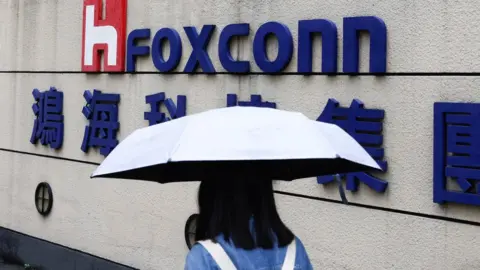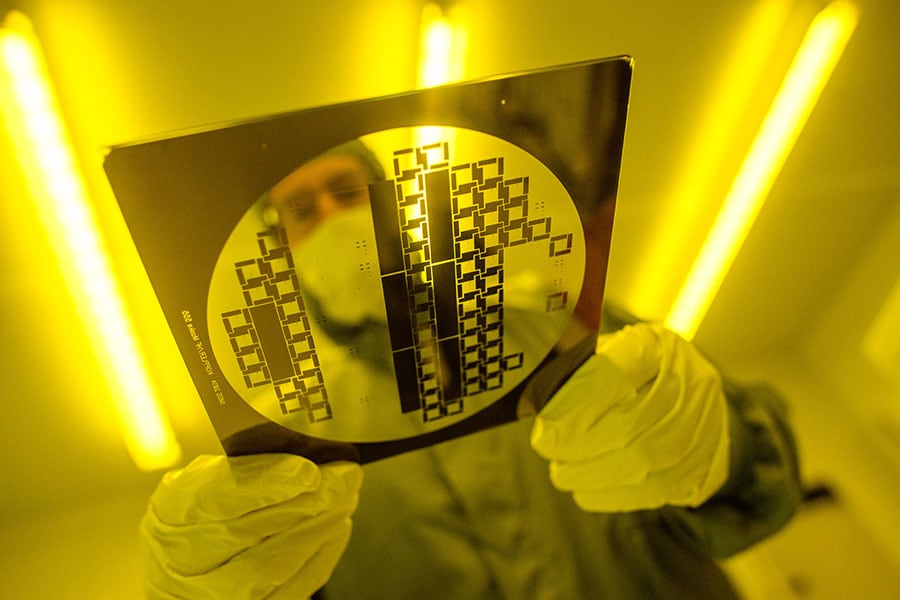Krishna with Flute
Senior Member
- Joined
- Jan 26, 2024
- Messages
- 4,274
- Reaction score
- 2,098
- Axis Group

Date of Event:
Sep 13, 2024
This is to track developments in Indian economy. To begin with:

 www.thehindubusinessline.com
www.thehindubusinessline.com

PM Modi sets ambitious USD 500 billion electronic industry size by 2030 against USD 150 billion now
Prime Minister Narendra Modi aims to grow India's electronics sector to USD 500 billion, creating millions of jobs.















